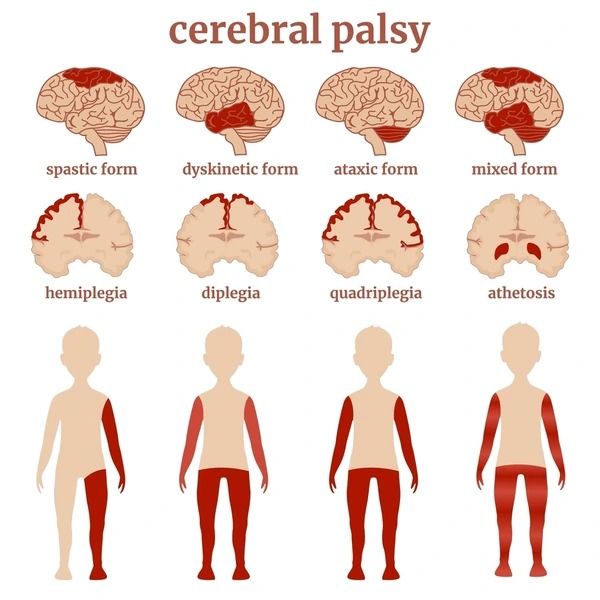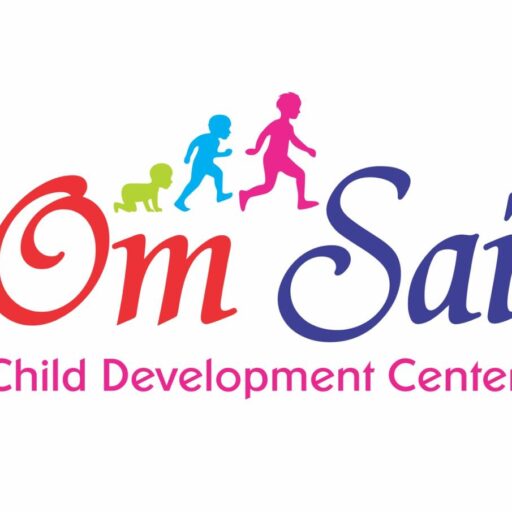Definition:
Cerebral palsy (CP) is a group of neurological disorders affecting movement, muscle tone, and coordination, caused by brain damage before, during, or after birth.

Incidence:
1 in 300 births (CDC, 2020)
Types:
1. Spastic Cerebral Palsy (most common)
2. Dyskinetic Cerebral Palsy
3. Ataxic Cerebral Palsy
4. Mixed Cerebral Palsy
Symptoms:
1. Muscle weakness or stiffness
2. Poor coordination and balance
3. Difficulty with walking, standing, or sitting
4. Speech and language impairments
5. Seizures and vision problems
Causes/Risk Factors:
1. Premature birth
2. Low birth weight
3. Infections during pregnancy
4. Head trauma
5. Genetic mutations
Diagnosis:
1. Neonatal evaluation
2. Developmental assessment
3. Imaging tests (MRI, CT scan)
4. Electroencephalogram (EEG)
Treatment/Interventions:
1. Physical Therapy (PT)
2. Occupational Therapy (OT)
3. Speech Therapy
4. Medications (muscle relaxants, anticonvulsants)
5. Surgery (orthopedic, neurosurgical)
Om Sai Child Development Center’s Approach:
1. Multidisciplinary team (Neurology, PT, OT, Speech)
2. Comprehensive assessment and diagnosis
3. Individualized treatment plans
4. Family-centered care and education
5. Ongoing monitoring and adjustments
Strategies for Parents/Caregivers:
1. Early intervention and therapy
2. Create a supportive environment
3. Encourage independence
4. Foster social interactions
5. Stay informed and connected
Resources:
1. Cerebral Palsy Foundation (CPF)
2. United Cerebral Palsy (UCP)
3. National Institute of Neurological Disorders and Stroke (NINDS)
By understanding and addressing cerebral palsy, Om Sai Child Development Center provides comprehensive support to individuals and families, promoting inclusive and empowering environments.
Stages of Cerebral Palsy:
1. Infantile (0-2 years): developmental delays
2. Toddlerhood (2-4 years): mobility and balance issues
3. Childhood (5-12 years): refined motor skills and social interactions
4. Adolescence (13-18 years): increased independence and self-advocacy
5. Adulthood: maintaining health and independence
Note: Every individual with cerebral palsy is unique, and the severity and impact of symptoms vary widely.
